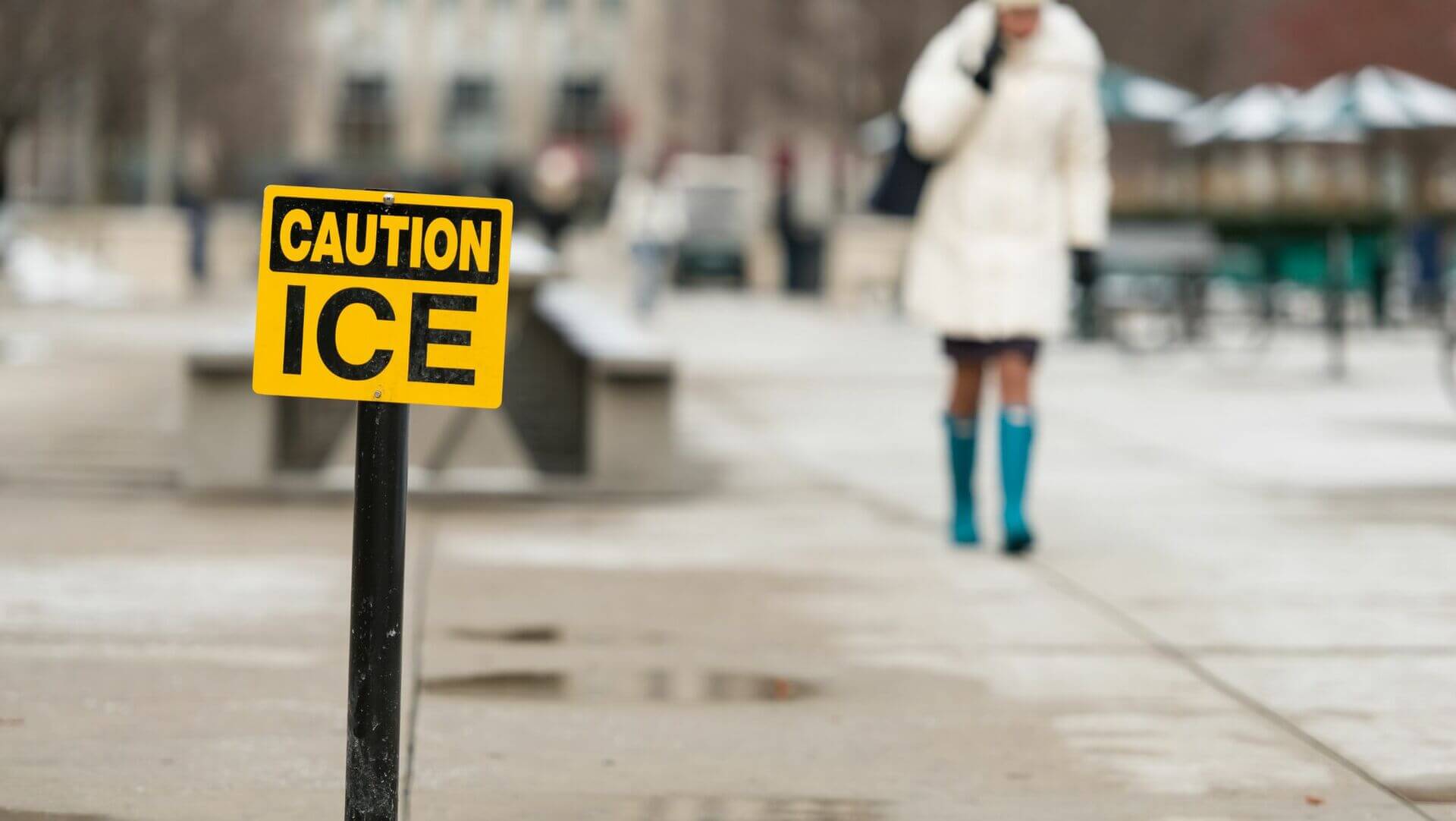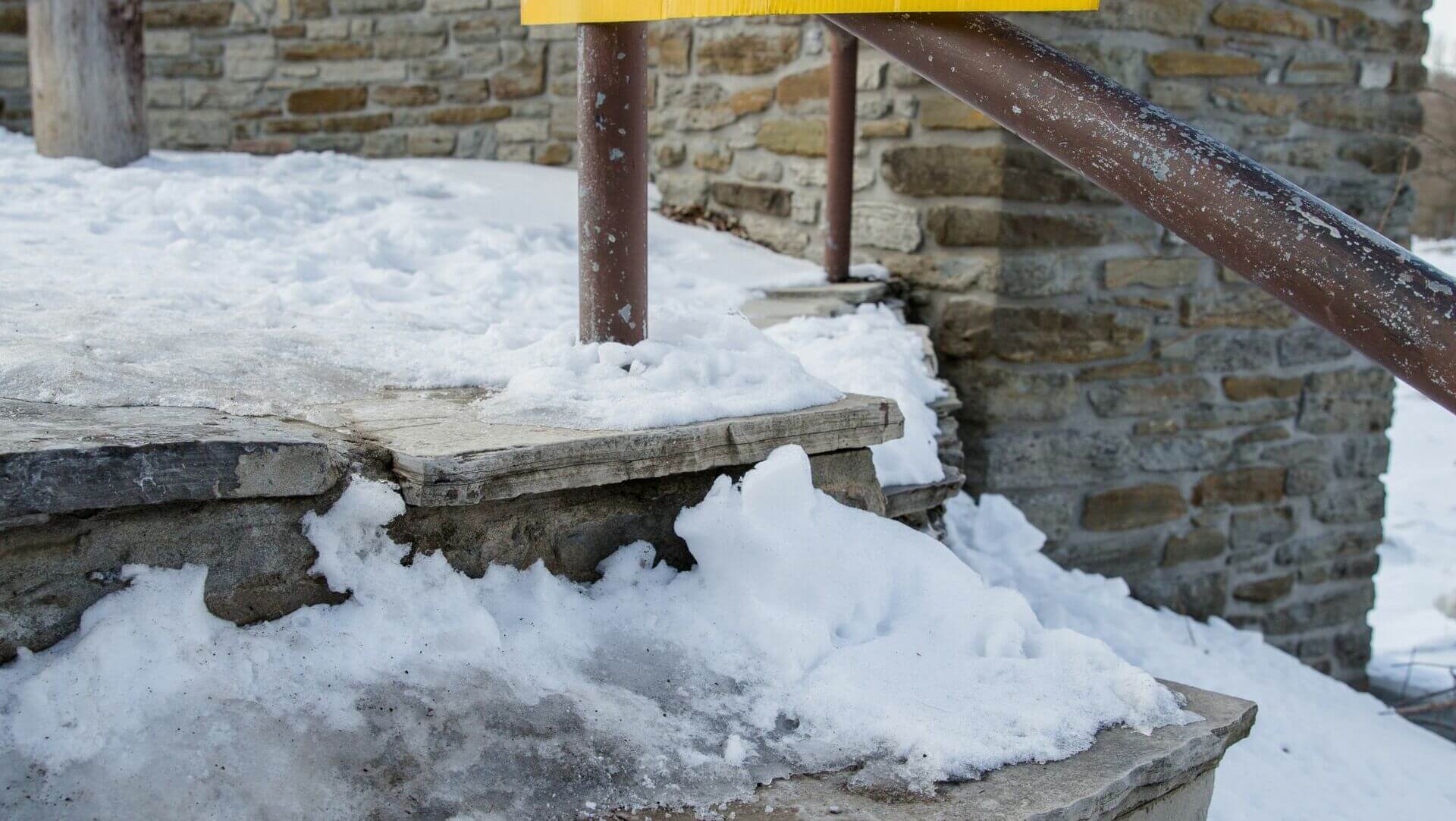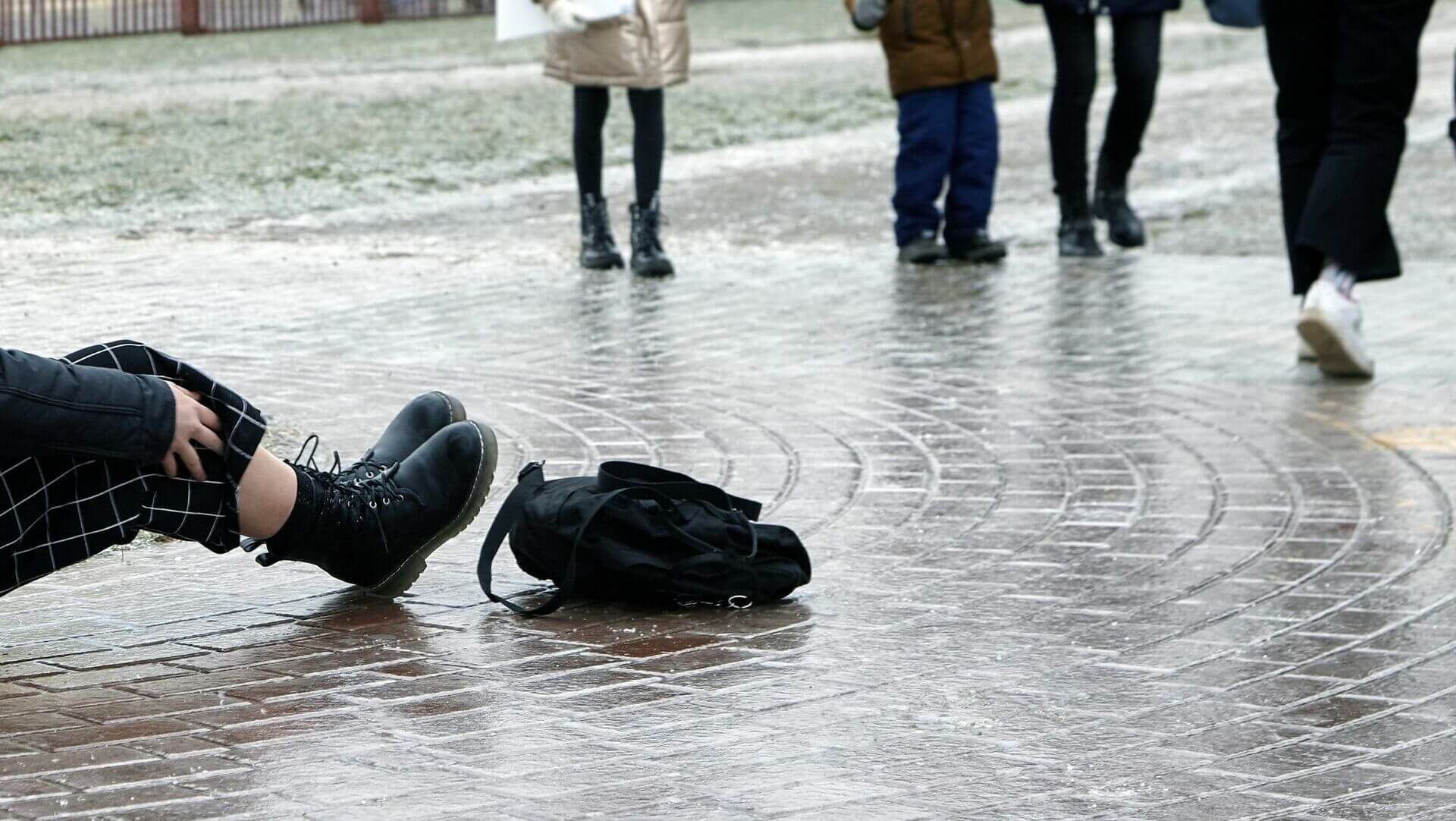As a facility or property manager, you know how important it is to keep your building in good condition. In addition to regular cleaning and repairs, one of the most overlooked—but incredibly essential—tasks that all facility managers need to be aware of is performing ice checks. Ice checks are critical for ensuring the safety and reliability of your building, as they can detect any potential issues with roof drainage systems before they become serious concerns. Through performing ice checks during colder months and at set intervals throughout the year, facility managers can spot potential problems early and ensure their buildings remain structurally safe while minimizing costly repair complications down the road.
Why Perform Morning and Evening Ice Checks?
![]() Winter weather can create treacherous conditions, but regular morning and evening ice checks are a key way to stay ahead of the potential danger. Checking gutters, roofing tiles, walkways and sidewalks for any build-up is important in order to avoid dangerous working or customer environments due to hazardous icy patches. Without timely maintenance, those areas may be subject to too much weight from snowfall or freezing rain, which could lead to structural damage – so don’t ignore that check!
Winter weather can create treacherous conditions, but regular morning and evening ice checks are a key way to stay ahead of the potential danger. Checking gutters, roofing tiles, walkways and sidewalks for any build-up is important in order to avoid dangerous working or customer environments due to hazardous icy patches. Without timely maintenance, those areas may be subject to too much weight from snowfall or freezing rain, which could lead to structural damage – so don’t ignore that check!
What Should You Look For During an Ice Check?
![]() During morning and evening inspections, look for any signs of potential ice accumulation, such as areas where water may be pooling or dripping from drains or gutters. It’s also important to check walkways and sidewalks for any signs of slippery conditions that could lead to slips or falls.
During morning and evening inspections, look for any signs of potential ice accumulation, such as areas where water may be pooling or dripping from drains or gutters. It’s also important to check walkways and sidewalks for any signs of slippery conditions that could lead to slips or falls.
Salt or deicer should be applied to ensure no one gets injured while walking on these surfaces. If trees or shrubs are on your property, check them regularly to ensure they aren’t blocking drainage paths near building entrances or other areas where people might gather.
If ice is found during an inspection, it is important to take immediate action to address the hazard. This may involve spreading deicing materials, such as salt or sand, to improve traction and melt the ice. It is important to follow the manufacturer’s recommendations for the proper application and use of deicing materials.
In addition to deicing, other preventive measures can be taken to reduce the risk of ice accumulation. These may include installing heating elements or insulation to prevent the formation of ice, or redesigning surfaces to improve drainage.
The Importance of Regular Ice Checks for Your Commercial Facility
![]() Performing regular morning and evening ice checks is essential for facility managers who want to maintain their properties in top condition throughout the year. Not only can these inspections prevent hazardous conditions for employees and customers alike by ensuring that no icy buildup occurs on walkways or sidewalks; they can also save money in the long run by preventing costly repairs due to structural damage caused by excessive weight from snow or freezing rain accumulation. By investing a few minutes each day into this vital maintenance task, facility managers can rest assured knowing that their properties are safe all year round!
Performing regular morning and evening ice checks is essential for facility managers who want to maintain their properties in top condition throughout the year. Not only can these inspections prevent hazardous conditions for employees and customers alike by ensuring that no icy buildup occurs on walkways or sidewalks; they can also save money in the long run by preventing costly repairs due to structural damage caused by excessive weight from snow or freezing rain accumulation. By investing a few minutes each day into this vital maintenance task, facility managers can rest assured knowing that their properties are safe all year round!
 Winter weather can create treacherous conditions, but regular morning and evening ice checks are a key way to stay ahead of the potential danger. Checking gutters, roofing tiles, walkways and sidewalks for any build-up is important in order to avoid dangerous working or customer environments due to hazardous icy patches. Without timely maintenance, those areas may be subject to too much weight from snowfall or freezing rain, which could lead to structural damage – so don’t ignore that check!
Winter weather can create treacherous conditions, but regular morning and evening ice checks are a key way to stay ahead of the potential danger. Checking gutters, roofing tiles, walkways and sidewalks for any build-up is important in order to avoid dangerous working or customer environments due to hazardous icy patches. Without timely maintenance, those areas may be subject to too much weight from snowfall or freezing rain, which could lead to structural damage – so don’t ignore that check!
